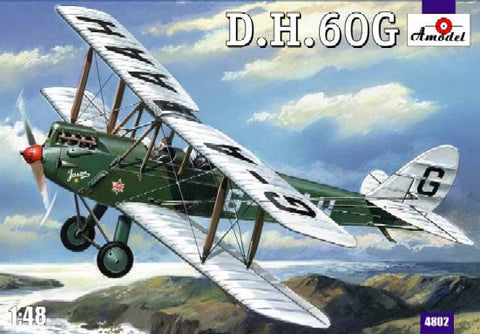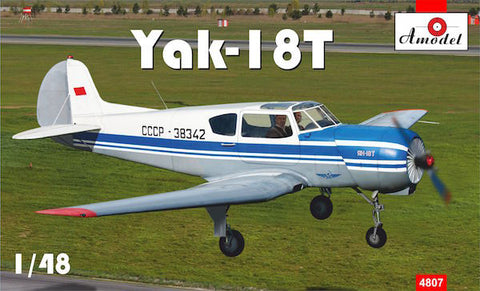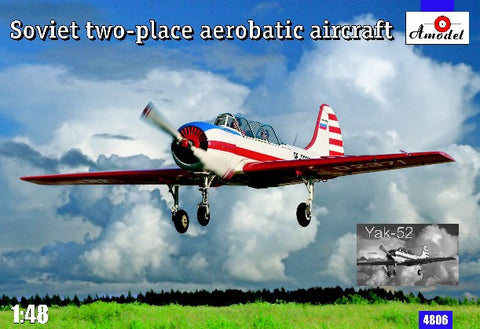
Gas Patch 1/48 Salmson 2A2 Late Type WWI 2-Seater Biplane Fighter w/US, Polish, French Markings Kit
This Product Usually Ships In 2-3 Business Days
GPT-48001One of the early aviation’s most underrated pioneers was the French industrialist Emile Salmson (1858–1921). In 1890, Emile began his career in Paris, manufacturing pumps. Together with two aviation pioneers, George Canton and George Unné, he established the “Société de Moteurs Salmson” in 1910. In that year, they produced their first successful engine, an 80hp seven-cylinder radial, followed by a 120hp nine-cylinder version a year later. At a time when engines were frequently breaking down, Salmson's products became famous for their reliability.
Despite an unsuccessful first attempt at producing an aircraft, the company was commissioned by Armeé de l’Air to produce the reconnaissance aircraft Sopwith 1½ Strutter under license. Meanwhile, they worked on improved aircraftdesigns, and later they proposed to Armeé de l’Air their “Salmson D”, with an 130hp Clerget engine. Armeé de l’Air declined, but Salmson insisted in further developing the designs. In April 1917, they introduced the Salmson 2A2, with the 260hp Canton-Unné 9z nine-cylinder watercooled radial engine. This time, the French air force accepted the new aircraft as a replacement of the now obsolete Sopwith 1½ Strutter,
The Salmson 2A2 equipped 52 French escadrilles. In addition, the American Expeditionary Forces ordered 750 aircraft to equip 10 squadrons. The total production reached 3250 items, of which 2200 were built by Salmson and the rest by Latécoère, Hanriot and Desfontainers. After the war, the Japanese air force ordered about 350 Salmson 2A2s. The Polish, Czechs and Greeks also ordered small numbers.
The Salmson 2A2 was a robust, two-seated airplane, fast, reliable, and adaptable to other uses; it was used, for example, as a bomber, and even as a fighter plane. Its most important innovation was the self-sealing tanks, which contributed to the avoidance of fire on board, which was one of the main fears of early aviators.
Despite an unsuccessful first attempt at producing an aircraft, the company was commissioned by Armeé de l’Air to produce the reconnaissance aircraft Sopwith 1½ Strutter under license. Meanwhile, they worked on improved aircraftdesigns, and later they proposed to Armeé de l’Air their “Salmson D”, with an 130hp Clerget engine. Armeé de l’Air declined, but Salmson insisted in further developing the designs. In April 1917, they introduced the Salmson 2A2, with the 260hp Canton-Unné 9z nine-cylinder watercooled radial engine. This time, the French air force accepted the new aircraft as a replacement of the now obsolete Sopwith 1½ Strutter,
The Salmson 2A2 equipped 52 French escadrilles. In addition, the American Expeditionary Forces ordered 750 aircraft to equip 10 squadrons. The total production reached 3250 items, of which 2200 were built by Salmson and the rest by Latécoère, Hanriot and Desfontainers. After the war, the Japanese air force ordered about 350 Salmson 2A2s. The Polish, Czechs and Greeks also ordered small numbers.
The Salmson 2A2 was a robust, two-seated airplane, fast, reliable, and adaptable to other uses; it was used, for example, as a bomber, and even as a fighter plane. Its most important innovation was the self-sealing tanks, which contributed to the avoidance of fire on board, which was one of the main fears of early aviators.
















